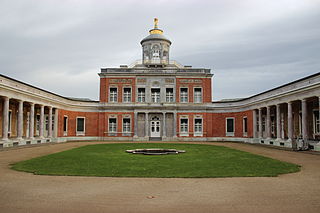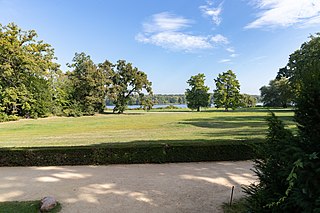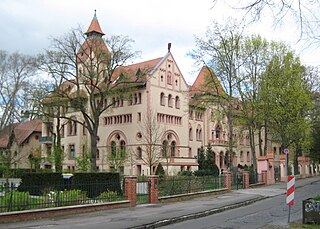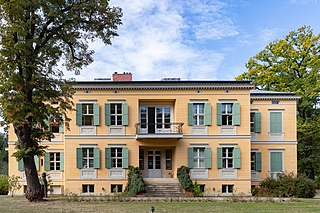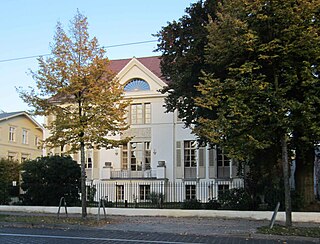Self-guided Sightseeing Tour #8 in Potsdam, Germany
Legend
Guided Free Walking Tours
Book free guided walking tours in Potsdam.
Guided Sightseeing Tours
Book guided sightseeing tours and activities in Potsdam.
Tour Facts
2.1 km
24 m
Experience Potsdam in Germany in a whole new way with our free self-guided sightseeing tour. This site not only offers you practical information and insider tips, but also a rich variety of activities and sights you shouldn't miss. Whether you love art and culture, want to explore historical sites or simply want to experience the vibrant atmosphere of a lively city - you'll find everything you need for your personal adventure here.
Activities in PotsdamIndividual Sights in PotsdamSight 1: Marmor Palace
The Marmorpalais is a former royal residence in Potsdam, near Berlin in Germany, built on the grounds of the extensive Neuer Garten on the shores of the Heiliger See. The palace was commissioned by King Frederick William II of Prussia and designed in the early Neoclassical style by the architects Carl von Gontard and Carl Gotthard Langhans. Despite the name, brick is the main material. The palace remained in use by the Hohenzollern family until the early 20th century. It served as a military museum under communist rule, but has since been restored and is once again open to the public.
Sight 2: Neuer Garten
Like Babelsberg Park and Sanssouci Park, the New Garden is part of the ensemble of Potsdam's Palace Parks. The area is a 102.5-hectare park area bordering the Heiliger See and the Jungfernsee in the north of Potsdam. From 1787, Friedrich Wilhelm II had a new garden laid out on this site, which was to stand out from the baroque Sanssouci Park.
Wikipedia: Neuer Garten Potsdam (DE), Website, Heritage Website
Sight 3: Kaiserin-Augusta-Stift
The Kaiserin-Augusta-Stift at Potsdam's New Garden is a castle-like building complex that was built from 1900 to 1902 under the direction of the architects Lothar Krüger and Arthur Kickton in the neo-Romanesque architectural style, originally as a home for war-orphaned girls by the Empress Augusta Foundation.
Wikipedia: Kaiserin-Augusta-Stift (Potsdam) (DE), Heritage Website
Sight 4: Villa Quandt
Villa Quandt is a villa on the Pfingstberg in Potsdam, Germany. It is named after the widow of the War Council, Ulrike Augusta von Quandt, houses the Theodor Fontane Archive and the Brandenburg Literature Office, and is part of the administrative collection of the Prussian Palaces and Gardens Foundation.
Sight 5: Pfingstkirche
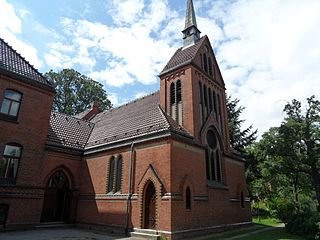
Die evangelische Pfingstkirche im Potsdamer Stadtteil Nauener Vorstadt befindet sich in der Großen Weinmeisterstraße. Sie entwickelte sich aus einer 1894 eingeweihten Pfingstkapelle. Neben der Kirche sind auf dem Pfingstgelände das Neue Pfingsthaus, das Pfarrhaus der Gemeinde und das Witwenhaus untergebracht.
Wikipedia: Pfingstkirche (Potsdam) (DE), Website, Heritage Website
Sight 6: Augentagesklinik am Kapellenberg
The Villa Pietschker, also known as Villa von Winterfeld, is a listed building in the Nauener Vorstadt district of Potsdam, Puschkinallee 12.
Share
How likely are you to recommend us?
Disclaimer Please be aware of your surroundings and do not enter private property. We are not liable for any damages that occur during the tours.
GPX-Download For navigation apps and GPS devices you can download the tour as a GPX file.
